A New Reference
The new IAS Beaulieu 40R
Four years in the making, this design encompasses everything that went before within the original IAS Beaulieu design of 1980, but now with subtle but highly significant advances, and only where relevant through much testing with considerably extended listening tests carried out across this period to ensure an outcome of unquestionably high standards that set the bar still further. The IAS Beaulieu 40R is a true reference loudspeaker system of sound quality capabilities that continues to impress, regardless of genre, but from a far higher altar of sonic excellence than previously achieved.

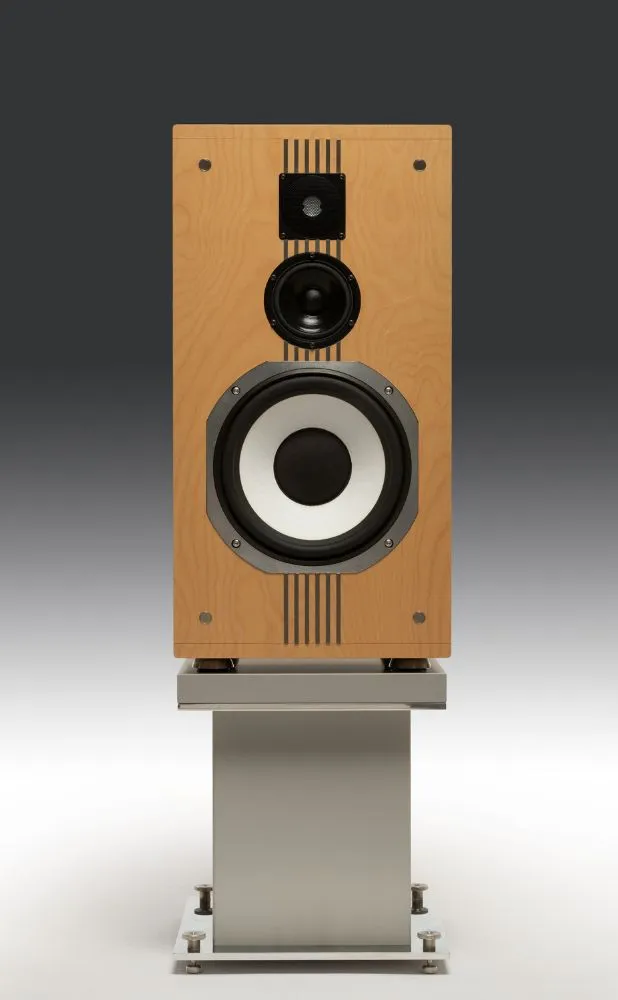
Steve Harris, contributor and former editor of Hi-fi News & Record Review
IAS Beaulieu 40R interview
Back in the Autumn of 2022, a filmed event was set-up at high-end Nagra dealer, HMF Solutions in SW London for an interview about the IAS Beaulieu loudspeaker with David Hall, (retired co-partner of Integrated Audio Systems with the late Alan Willis), and Carl Beckwith – Audio Consultant of IAS Loudspeakers, conducted by Hi-fi News & Record Review contributor and former editor, Steve Harris.
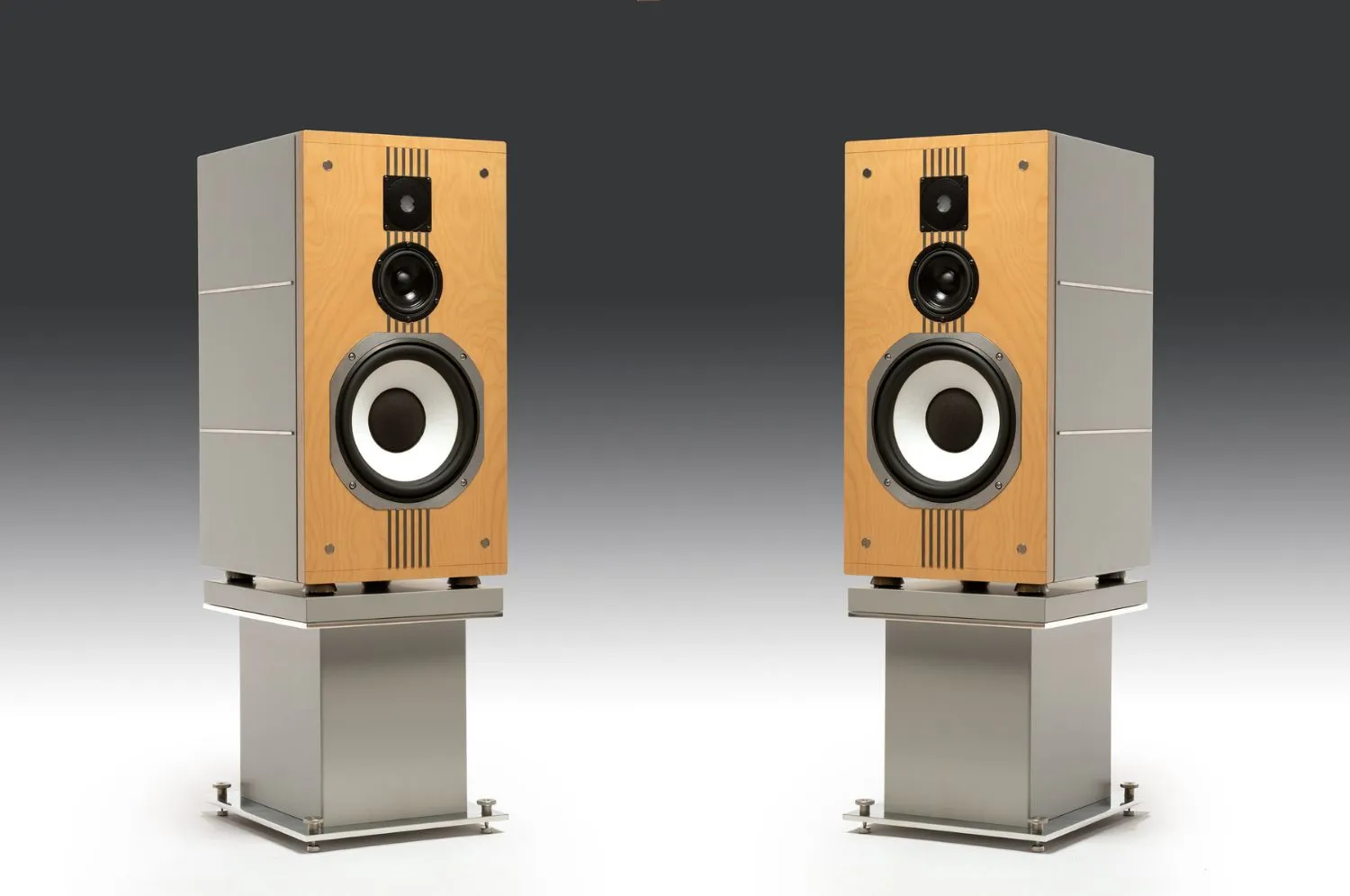
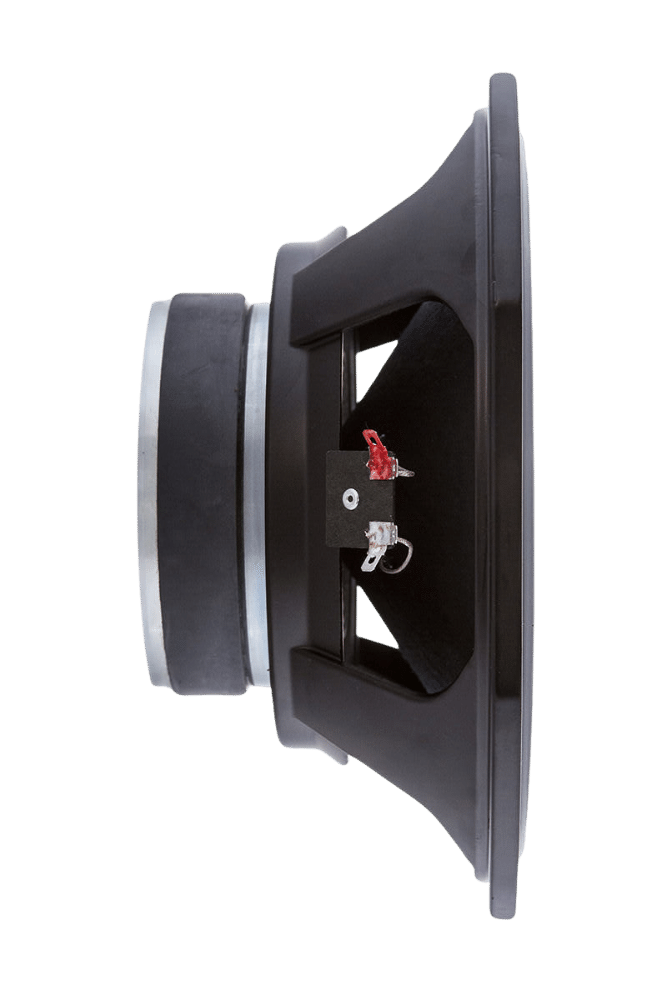
Overview of system
The newly re-created first-generation specification Volt bass/midrange driver, manufactured in England (as used in the original IAS Beaulieu loudspeaker system of 1980), with its exceptionally low fs ensures that within the unique Beaulieu 40R cabinet loading, the lowest possible linear bass extension combined from a compliance that gives an almost free-air dipole-like motion of the diaphragm not only realises excellent midrange detail but additionally, unheard of speed across the entire low-frequency spectrum, and without bottoming-out.
The performance from a stereo pair is akin to a much larger window of sound than is usual; so rarely achieved from anything but the largest of monitors, but unlike larger loudspeaker systems or sluggish sub-bass speakers with their rigidly stiff cones in ported or sealed perfunctory hollow boxes, the precision of speed with alacrity from a good, clean recording is left fully intact in the more than capable hands of the IAS Beaulieu 40R without any trace of latency or bloating to the performance, which is key toward replicating closely the live experience. Only from a fully active loudspeaker system with DSP can some of these virtues be realised, but with the IAS Beaulieu 40R, no signal correction takes place in the electronic domain beyond a pair of highly transparent resistors.
This Volt sourced bass/midrange drive unit is manufactured and supplied under exclusive agreement for IAS Beaulieu 40R production only.
The latest specification SEAS bass/midrange driver from Norway has near identical characteristics to the original SEAS unit deployed in the the 1980 Beaulieu loudspeaker system; achieving supremely smooth yet detailed results that dovetail seamlessly with the bass/mid and treble units. The bass/midrange variant of the SEAS unit being deployed over the equivalent SEAS midrange unit of the same design and diameter for its superior integration regarding sonic characteristic in relation to the other drive units within the loudspeaker system. Such advantage again lies with diaphragm compliance and resonance behaviour.
The new SEAS speaker unit has a vastly improved open-frame chassis to the original 1980 unit with slender legs to the magnet assembly that create far less standing-wave back-of-cone reflection activity, leading toward improved levels of midrange clarity and depth.
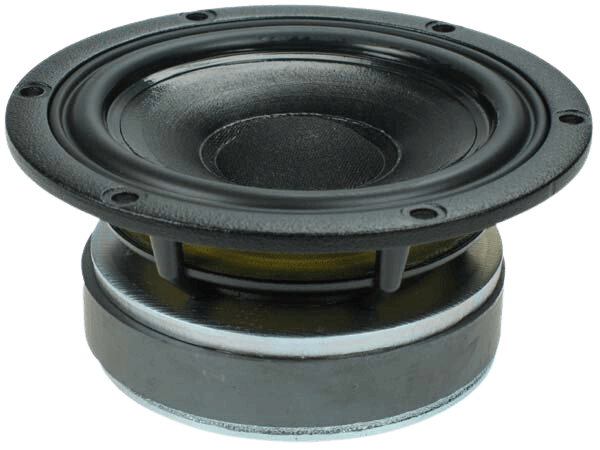
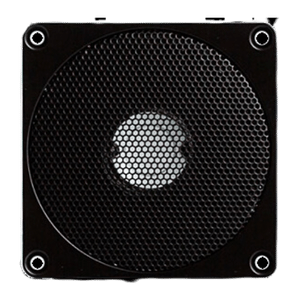
The Accuton ceramic treble unit, made in Germany, has a response most suited to that required for the Beaulieu loudspeaker system. In this, the 40R model, a greater high-frequency extension and level of fine detail is achieved from that of the original Beaulieu loudspeaker design. It also informs the system as a whole with defining transient response, including a perceived uplift in bass dynamics. Such a unit is both revealing as well as sensitive toward hi-fi system quality and installation, (see notes below on influencing factors to consider).
The separately contained Danish-sourced Duelund Cast populated series wired and solder-free crossover of minimal component count that sits within the multi-platform DX1 crossover stand still deploys the same circuit design philosophy as was used in the original 1980 IAS Beaulieu crossover design. It utilises what are widely regarded as the most revered hand-made capacitors, inductors and resistors within the boutique high-end hi-fi industry.
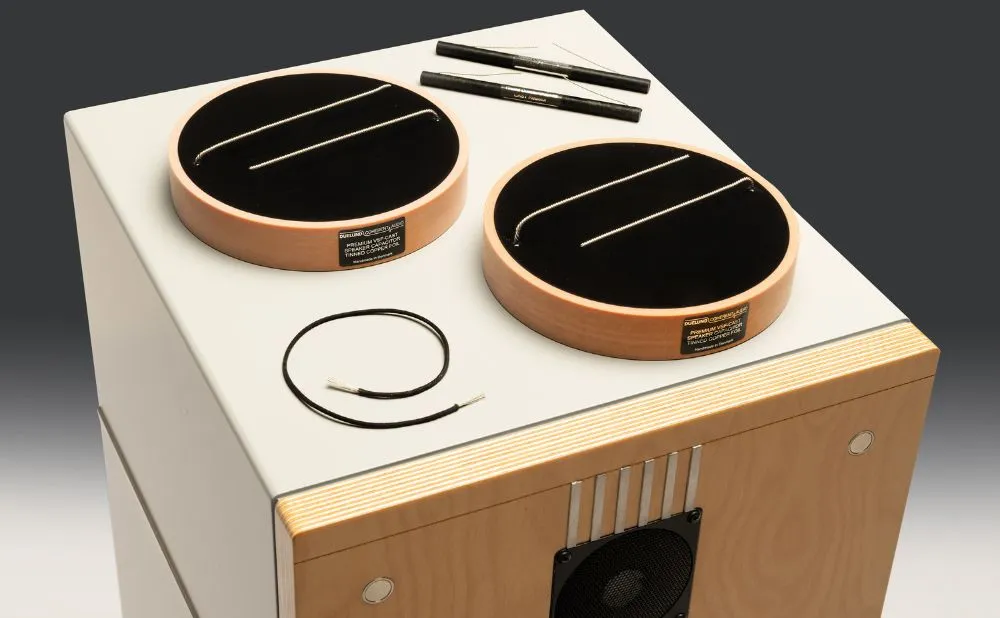
The sonic uplift in instrumental timbre is immeasurable, yet the results speak for themselves, and although other components of high performance have been tried that are satisfyingly good, they fall short on the sense of the sound ‘being there’ on the very best recordings where instruments have been miked to perfection.
Standing outside the room to where the music is playing perfectly serves to demonstrate this phenomenon with a sense of realism and ease achieved only when using the Duelund Cast range of components in the crossover of this revealingly articulate loudspeaker system.
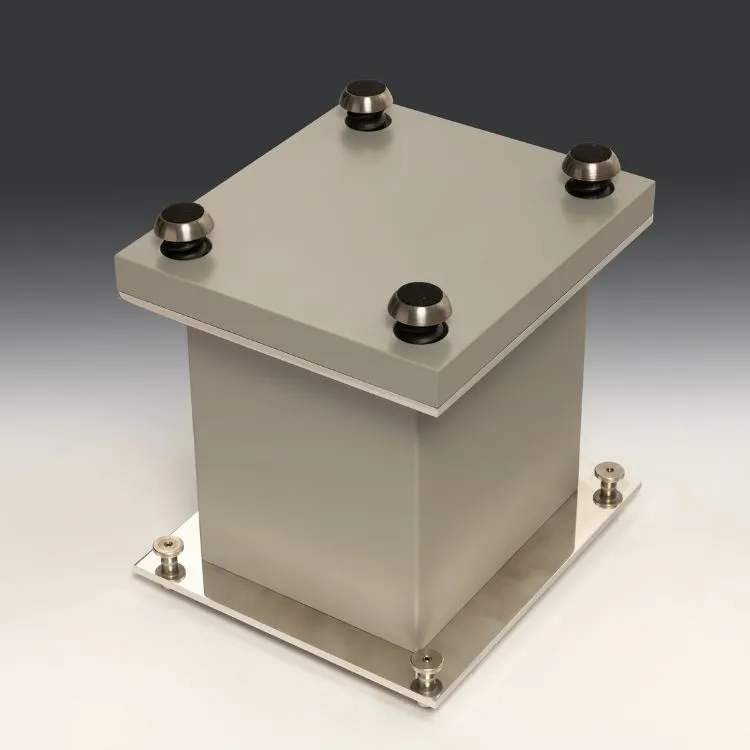
The DX1 stand is flanked top and bottom with mirror-polished 10mm aluminium plates and stainless thumbscrew-locked spiked feet with optional protective spike cups when sited upon polished or wooden floor surfaces. These also offer vital shielding between the Volt unit’s powerful magnet and the crossover network inductors.
Solder is a major contributory factor toward high-frequency noise, as evidenced during extensive listening tests and research conducted on the IAS Beaulieu 40R project. All connections in the crossover circuit are therefore made by twisted and clamped wiring. The same goes for the component lead-wires and component legs: all are twist-jointed within insulated brass connector clamps.
Further to this measure are eight pure copper binding posts for bare-wire, 4mm banana plug or spade connections to the rear connection plate at the back of the DX1 crossover stand; one pair for each of the three drive units’ output on the DXI crossover for the bass, middle and treble that individually feed the speaker units within the main loudspeaker cabinet via said enclosure’s captive umbilical six-wire speaker lead. Lastly, a pair of binding posts for the system input from the amplifier.
These diligent connection measures alone bring further improvement toward realising the spacious treble air and quality that the IAS Beaulieu 40R loudspeaker system delivers.
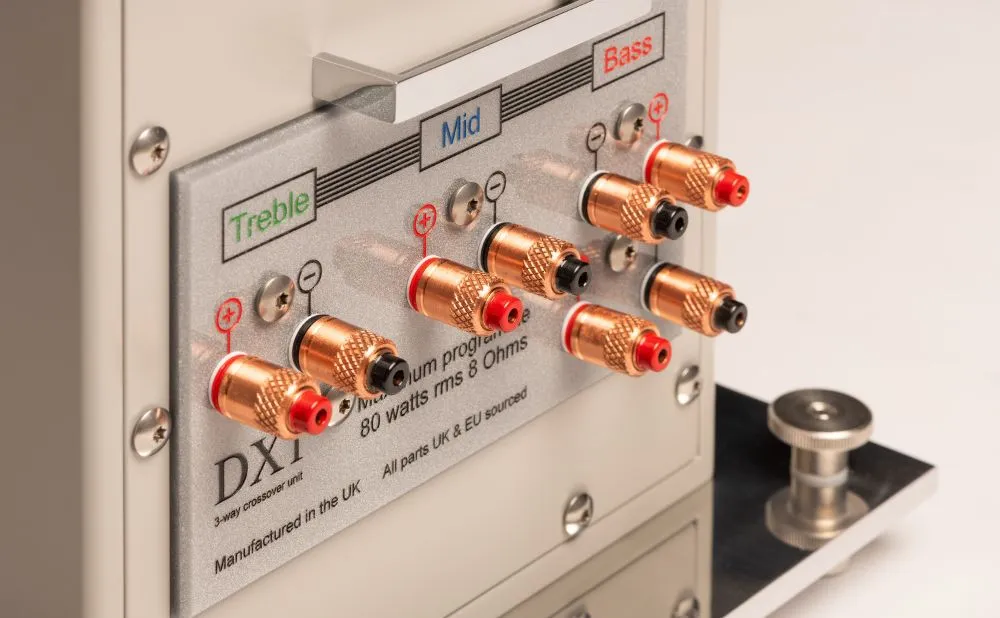
The IAS Beaulieu 40R loudspeaker enclosure is acoustically decoupled via four sprung pods atop the aluminium top-plate of the DX1 crossover stand that limit vibrations migrating to the floor, but additionally, through absorbing attendant cabinet vibrations, much like an energy drain. This gives rise to a more efficient and relative diaphragm-to-air energy transfer from the speaker units modulating their sound waves into the listening area through much reduced and unwanted cabinet modulation behaviour; serving to improve the stereo image focus between the two loudspeakers while simultaneously preventing floor resonances from muddying the balance with unwanted bass mass and audible time-smearing characteristics. The crossover stand being stabilised by four spiked feet with stainless thumbscrews and, where required, protective cups.

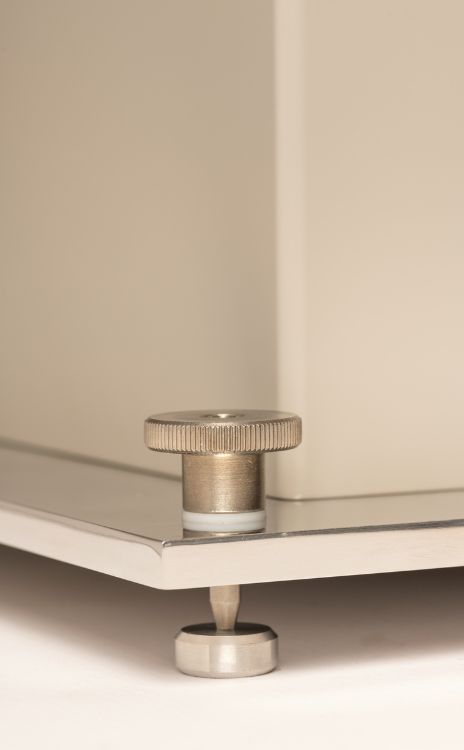
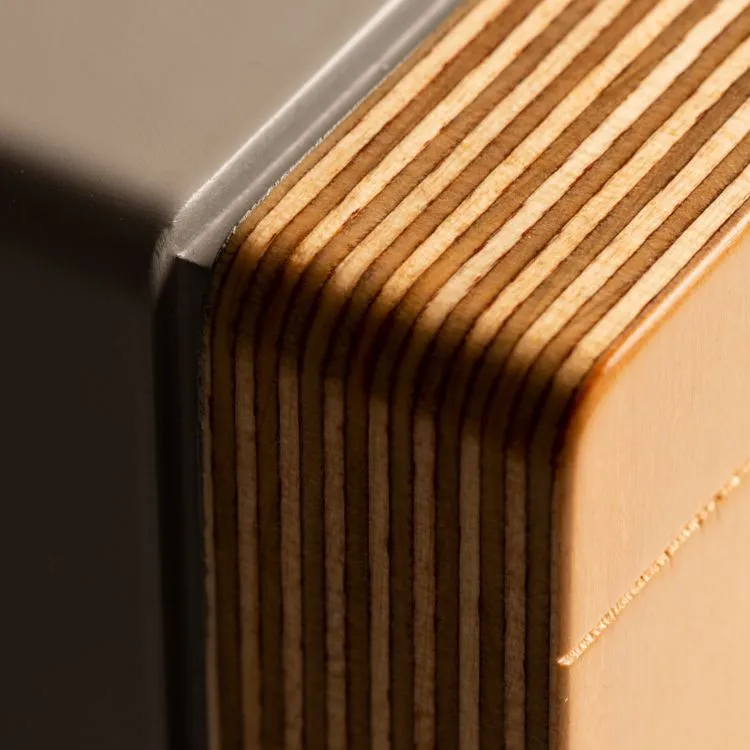
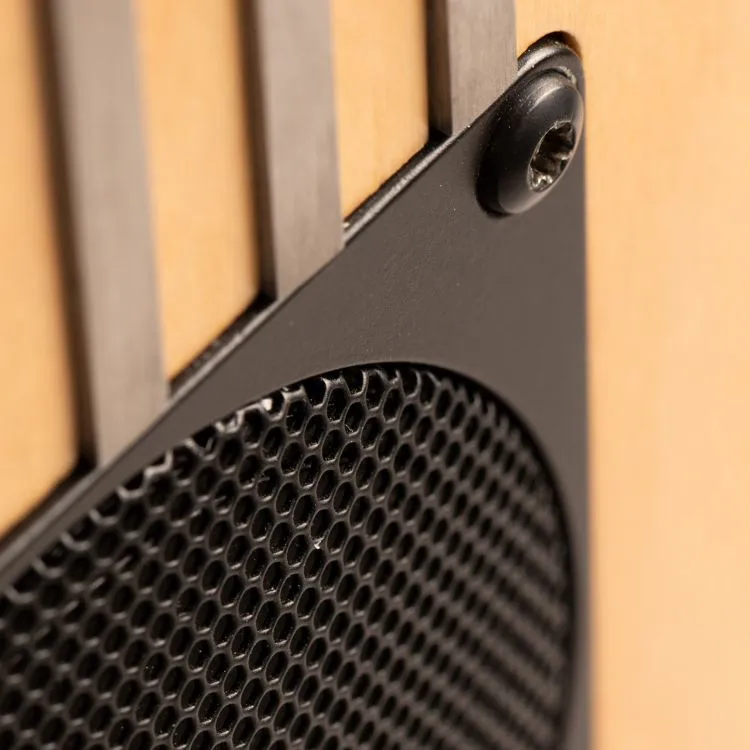
The loudspeaker cabinet has a one-inch thick birch plywood baffle rebated for all three drive units to give flush-fit mounting for improved dispersion characteristics over and above the original 1980 IAS Beaulieu loudspeaker system.
At the rear is an externalised aluminium vibration damping plate with dual square 2mm deep rebates facing onto the back panel of the loudspeaker cabinet accommodating 4mm thick EVA foam sheets and a further 2mm thick EVA gasket to the plate as a whole, fully acting against the cabinet’s rear panel as a most effective vibration absorption method, courtesy of the EVA’s cell structure. This measure avoids the curtailment of dynamics when compared with applying internalised damping measures to the cabinet’s walls.
All other cabinet walls are sufficiently braced with the internal panel structures that form the unique IAS Beaulieu 40R horn loading system; reducing panel resonances to negligible levels of audibility. Further internal cross-bracing and tensioning has also been implemented where required. Combinations of thin layer cork and medium density felt have been judiciously and sparingly applied to critical areas internally for controlling specific key reflection properties in areas that respectively warrant avoidance of standing-wave characteristics inside the cabinet within close proximities around and to the rear of speaker drive units; limiting audible rear-of-diaphragm back reflection sonic characteristics, but without causing any undue form of suppression to the systems’ dynamics.
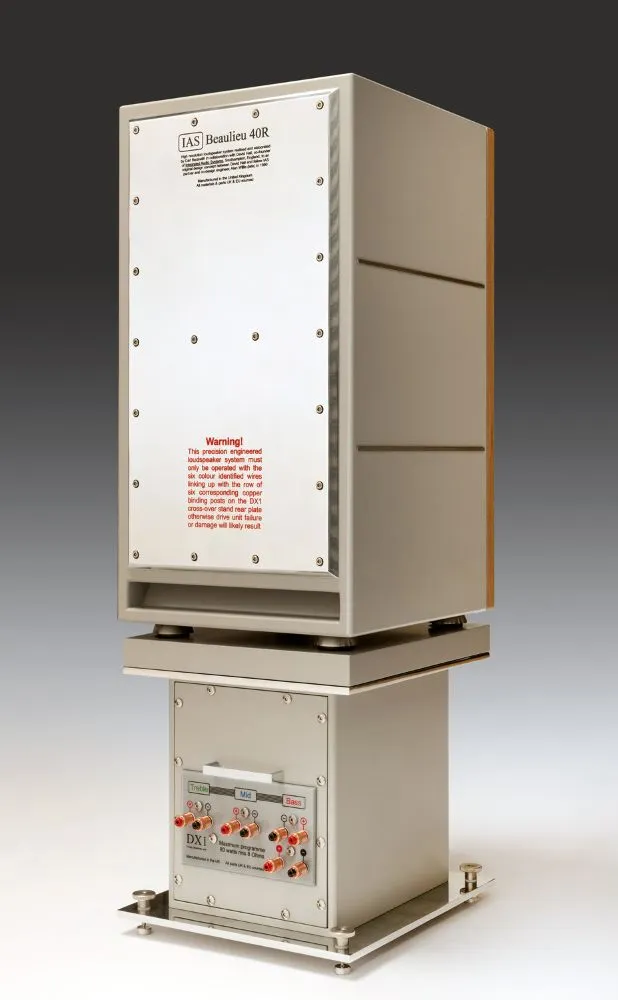
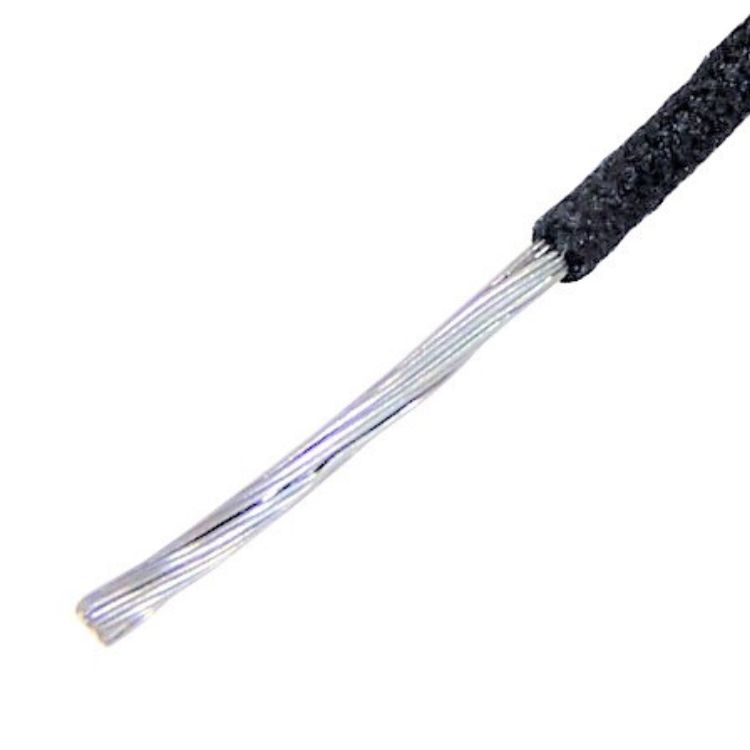
The internal wiring used throughout the IAS Beaulieu 40R loudspeaker system and within the DX1 crossover stand is with 16-gauge Duelund tinned copper which attains the highest sound quality for loudspeaker wiring at almost any cost and is insulated by braided cotton-in-oil sleeving, offering improved reduction in mechanical vibration as compared with stiff PVC insulators. This cable is a recreation of the now widely revered Western Electric WE16GA cable. Cable deniers may detract such measures, but in comprehensive listening tests with a wide criterion of musical genres, the results are notably more natural sounding by a significant degree and complete the system as a whole.
System Specification
| Recommended maximum continuous power handling | 80 watts R.M.S. |
| System nominal impedance load | 8 Ohms |
| System efficiency @ 1 Watt/1 metre | 90dB |
| Useful frequency response | 13 Hz – 32,000 Hz |
| Cabinet dimensions | 660 (h) x 345 (w) x 402 (d) |
| Stand dimensions* | 396 (h) x 344 (w) x 386 (d) |
| Cabinet weight | 30Kg |
| Stand weight | 25Kg |
* Taken with spikes/floor cups and loudspeaker enclosure loaded onto the four compressed stand vibration isolation pods.
Specification subject to change without prior notice in accordance with ongoing product and component development.

